Which Describes Gyres in the Northern Hemisphere
Based on the data in the Ocean Gyres layer which of the following statements best describes the large-scale movement of water in the worlds ocean basins. The North Atlantic South Atlantic North Pacific South Pacific and Indian Figure 91.
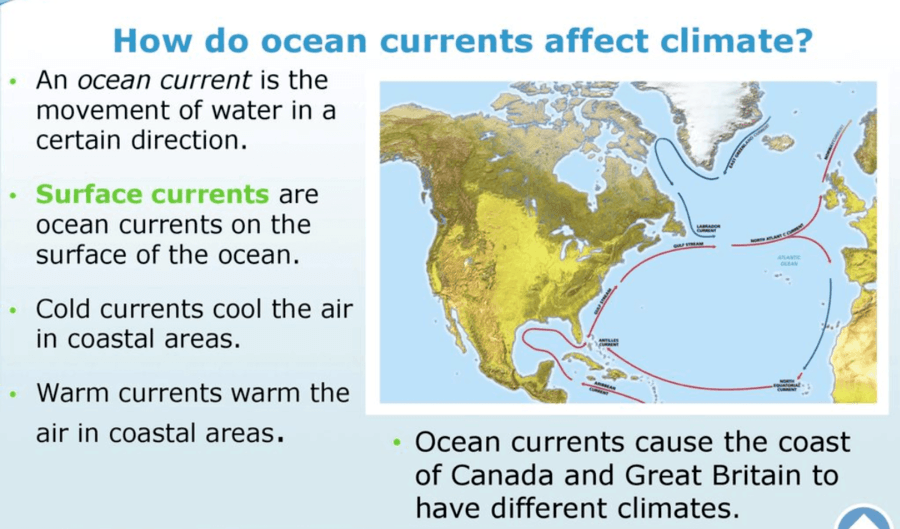
Ocean Currents Study Guide Science Quizizz
There are five major gyres in the oceans.
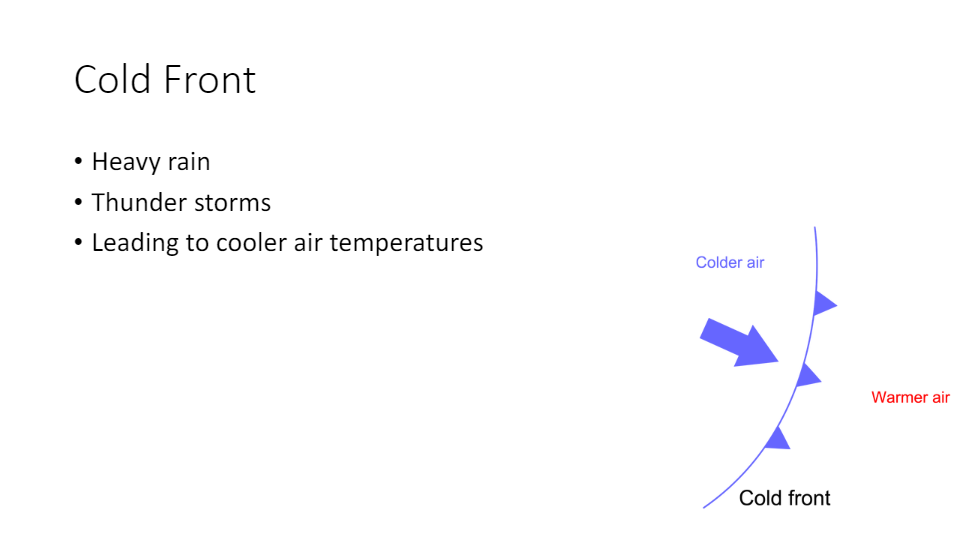
. These major spirals of ocean-circling currents are called gyres and occur north and south of the equator. The Indian Ocean only has a counterclockwise gyre. Tropical gyre s form near the Equator.
This pattern of winds and the associated flow field are illustrated in Fig. The North Pacific gyre is composed of the North Equatorial Current on its southern boundary which turns into the Kuroshio Current aka. The current in the northwestern part of the North Atlantic Subtropical Gyre that transports warm water toward the North Atlantic is called the.
Explain why the subtropical gyres in the Northern Hemisphere move in a clockwise fashion while the subpolar gyres rotate in a counterclockwise pattern. There are five major gyres in the oceans. The North Atlantic South Atlantic North Pacific South Pacific and Indian Figure 91.
They move warm water from equatorial regions to polar regions. What describes gyres in the northern hemisphere. C They move warm water from equatorial regions to polar.
Ocean surface currents are produced by global winds the Coriolis effect and the shape of each ocean basin. Gyres rotate clockwise in the Northern Hemisphere. There are five major gyres in the oceans.
In the Northern Hemisphere gyres spin clockwise. 310 in which streamlines describe the majority of an anticyclonic gyre clockwise in the northern hemisphere. There are five major gyres in the oceans.
The Coriolis effect is not present at the Equator and winds are the primary creators of currents. There are five major ocean-wide gyresthe North Atlantic South Atlantic North Pacific South Pacific and Indian Ocean gyres. The Pacific and Atlantic Oceans have a circular pattern of surface currents called gyres that circle clockwise in the Northern Hemisphere and counterclockwise in the Southern.
They move warm water from the surface to the bottom of the ocean. Gyres occur at the ocean surface. In the Northern Hemisphere gyres _____spin clockwise spin counterclockwise move in straight lines move diagonally Weegy.
C They move warm water from equatorial regions to polar regions. So gyres are mainly caused by global wind patterns and with the Coriolis effect those winds that affect the water are shifted 45º to form the gyres. A They move warm water from the surface to the bottom of the ocean B They move cold water from equatorial regions to polar regions.
Which describes gyres in the northern hemisphere. Following an individual streamline eastward flow turns to become southward and then westward. There are five major gyres in the oceans.
In the Southern Hemisphere to the left. Why cant u just make it simple like gd Advertisement. They move cold water from the surface to the bottom of the ocean.
There are five major gyres in the oceans. View Available Hints Hint 1. In the Northern Hemisphere the gyres rotate to the right clockwise while in the Southern Hemisphere the gyres rotate to the left counterclockwise.
What describes gyres in the Northern Hemisphere. The Northern Hemisphere has several subpolar gyres bounded by islands such as Iceland Greenland and the Aleutians. D They move cold water from the surface to the bottom of the ocean.
The North Atlantic South Atlantic North Pacific South Pacific and Indian Figure 91. They do not occur at the equator where the Coriolis effect is not present Ross 1995. 1 Which describes gyres in the northern hemisphere.
In the Northern Hemisphere the gyres rotate to the right clockwise while in the Southern Hemisphere the gyres rotate to the left counterclockwise. In the Northern hemisphere the right or clockwise and in the Southern Hemisphere to the left or counterclockwise. Correct answer - Which current within a Northern Hemisphere either Atlantic or Pacific gyre would you expect to be broad slow and limited to surfac.
A large system of rotating ocean currents usually driven by the major wind belts is called a n Definition. In the Northern Hemisphere to the right. Which describes gyres in the northern hemisphere.
Explain why the subtropical gyres in the Northern Hemisphere move in a clockwise fashion while the subpolar gyres rotate in a counterclockwise pattern. The North Atlantic South Atlantic North Pacific South Pacific and Indian Figure 912. The Kuroshio Current _____flows through the North Atlantic Ocean is a dense cold water current starts near the southern tip of Florida is the largest current.
Gyres rotate counterclockwise in the Northern Hemisphere. And the northern reaches of Scandinavia Asia and North America. The gyres rotate counter clockwise in the Southern Hemisphere and clockwise in the northern hemisphere.
A They move warm water from the surface to the bottom of the ocean B They move cold water from equatorial regions to polar regions. In the Northern Hemisphere the gyres rotate to the right clockwise while in the Southern Hemisphere the gyres rotate to the left counterclockwise. In the Northern Hemisphere the gyres rotate to the right clockwise while in the Southern Hemisphere the gyres rotate to the left counterclockwise.
The Coriolis force causes free-moving objects to be deflected to the right in the Northern Hemisphere and the left in the Southern Hemisphere. Gyres are circular-moving currents. Gyres occur deep within the ocean.
The Japan Current bringing warm water north towards Japan. In the Northern Hemisphere the gyres rotate to the right clockwise while in the Southern Hemisphere the gyres rotate to the left counterclockwise. The North Atlantic South Atlantic North Pacific.
In the following sections we outline the mathematical. A solid is in the form of cone mounted on a hemisphere in such a way that. They move cold water from equatorial regions to polar regions.
What describes gyres in the northern hemisphere. The North Atlantic South Atlantic North Pacific South Pacific and Indian Figure 91. Gyres are linear currents.

The Ocean Has A Complex Circulation System Moving Water Heat Salt And Nutrients Around The World S Earth And Space Science Ocean Currents Map Ocean Current
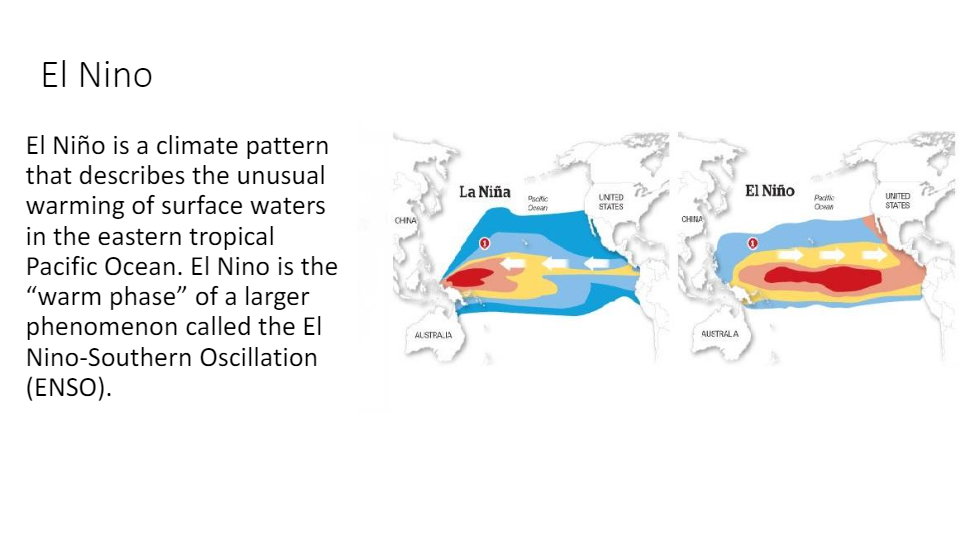
Ocean Currents Air Currents And Weather Science Quizizz
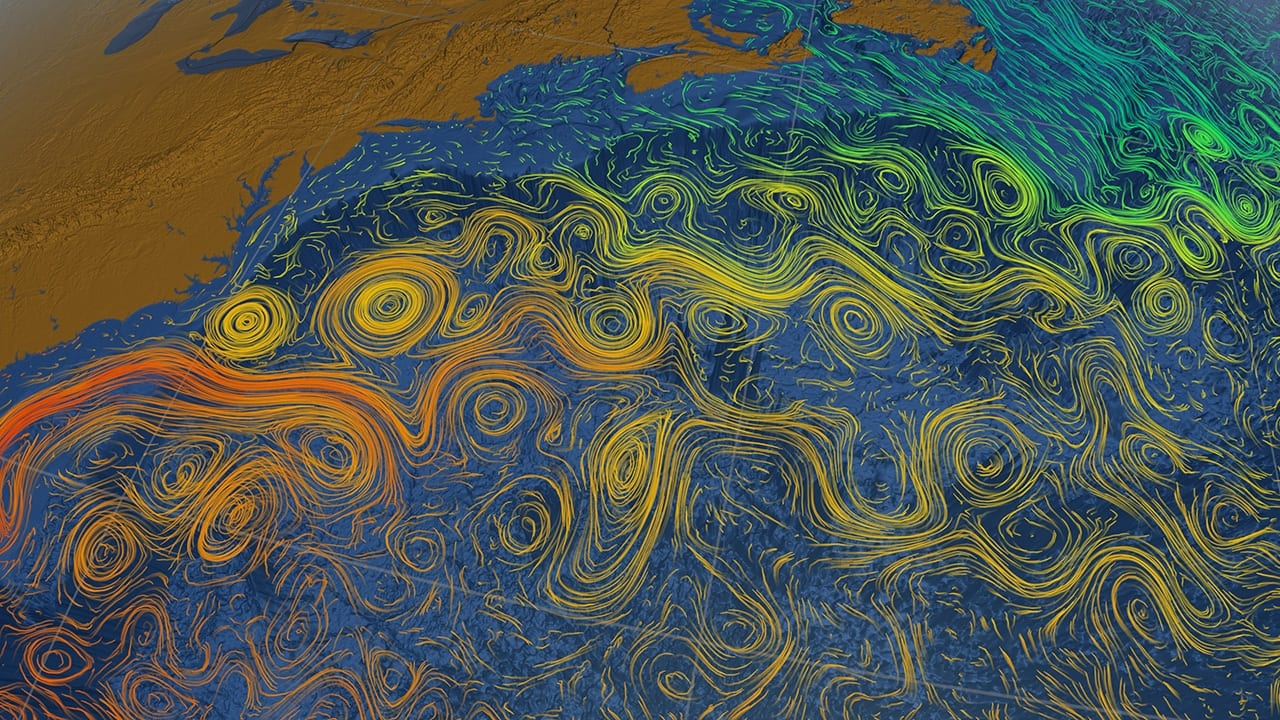
Currents Gyres Eddies Woods Hole Oceanographic Institution

Ocean Currents Air Currents And Weather Science Quizizz
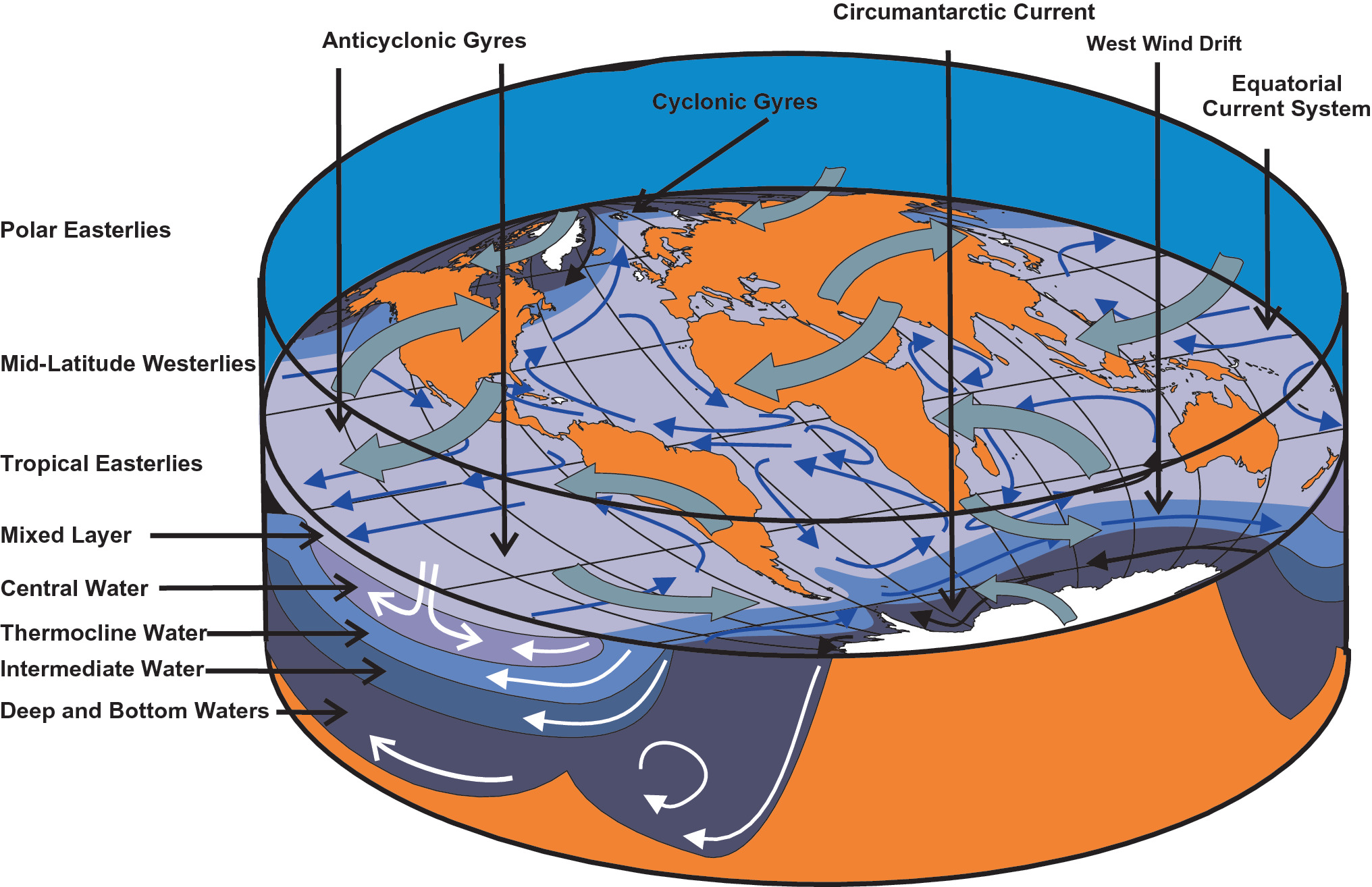
The Circulation Of Earth S Oceans Springerlink
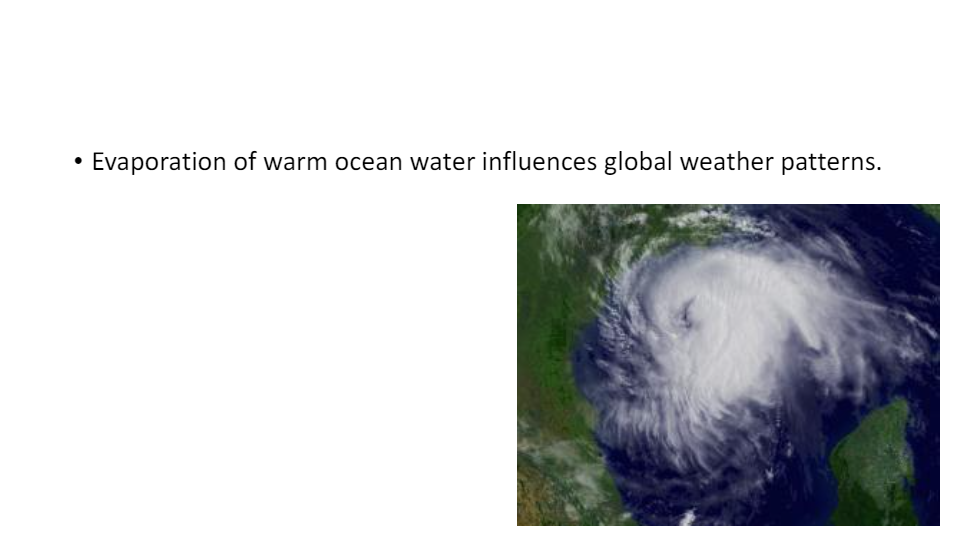
Ocean Currents Air Currents And Weather Science Quizizz
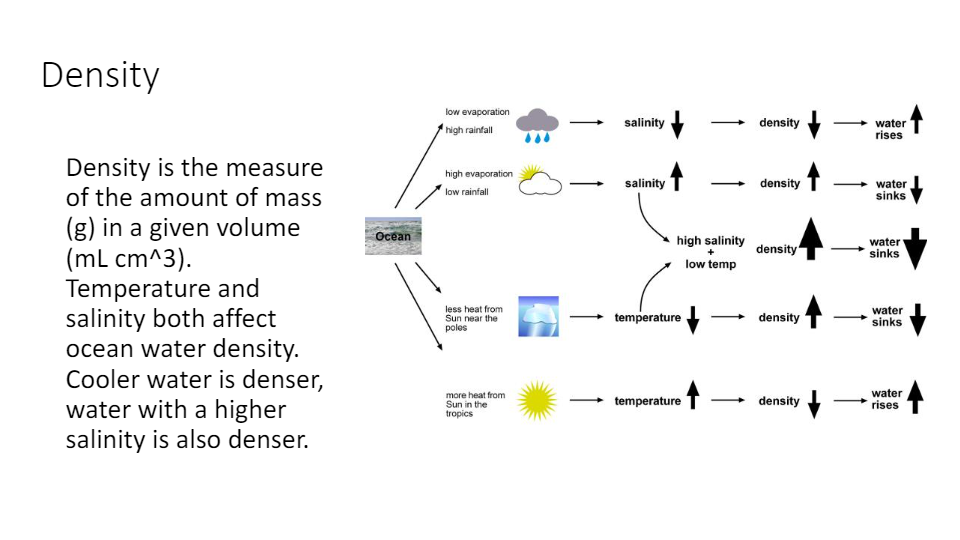
Ocean Currents Air Currents And Weather Science Quizizz

Ocean Currents Waves Tides Unit With Worksheets Movement Of Ocean Water Ocean Current What Causes Waves Tide

What Is One Impact Of Gyres On Coastal Climates Lisbdnet Com
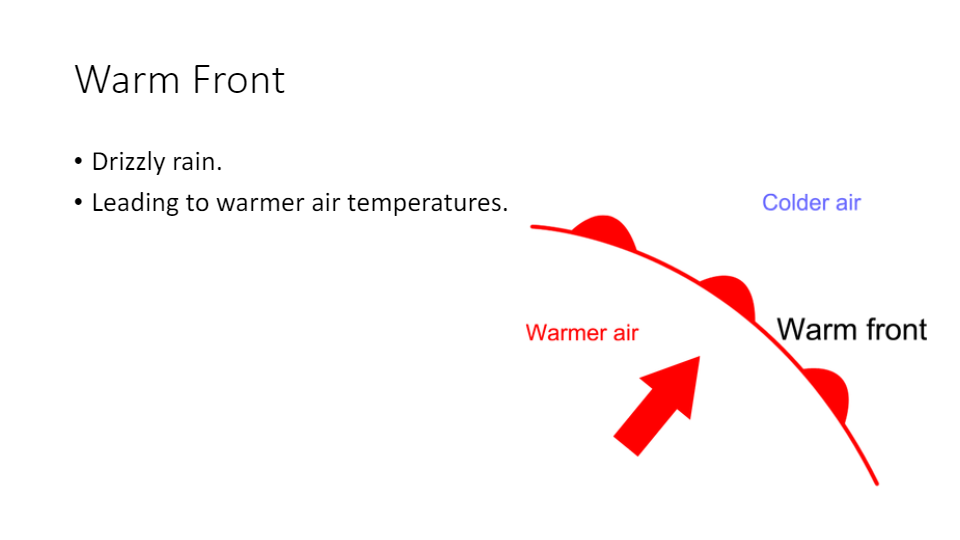
Ocean Currents Air Currents And Weather Science Quizizz
What Is The North Atlantic Subtropical Gyre Quora

Ocean Currents Study Guide Science Quizizz

Map Of Mean Mixed Layer Depth Mld From The Model Left And Download Scientific Diagram
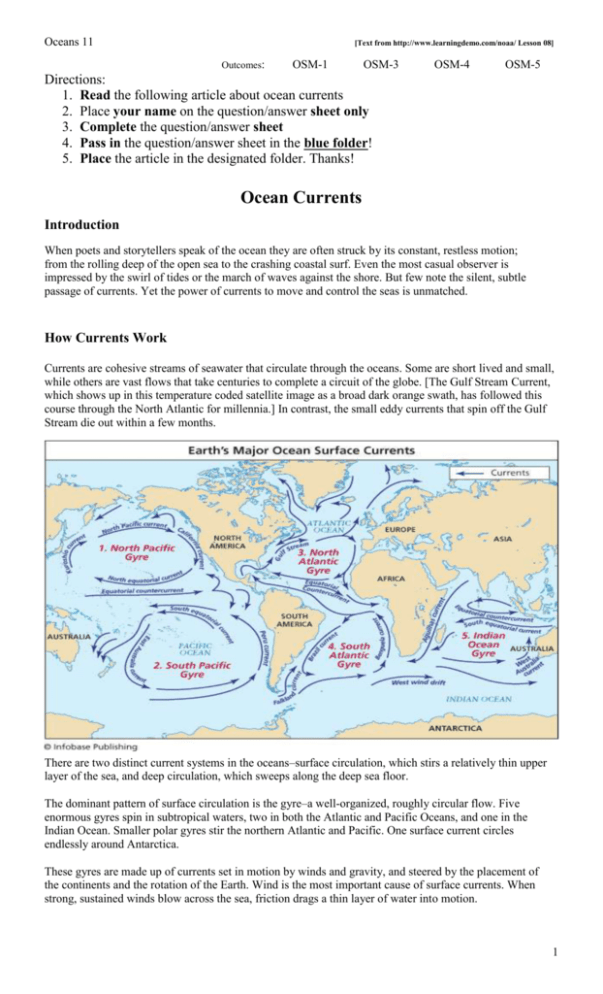
Ocean Current Article Questions In Class Assignment
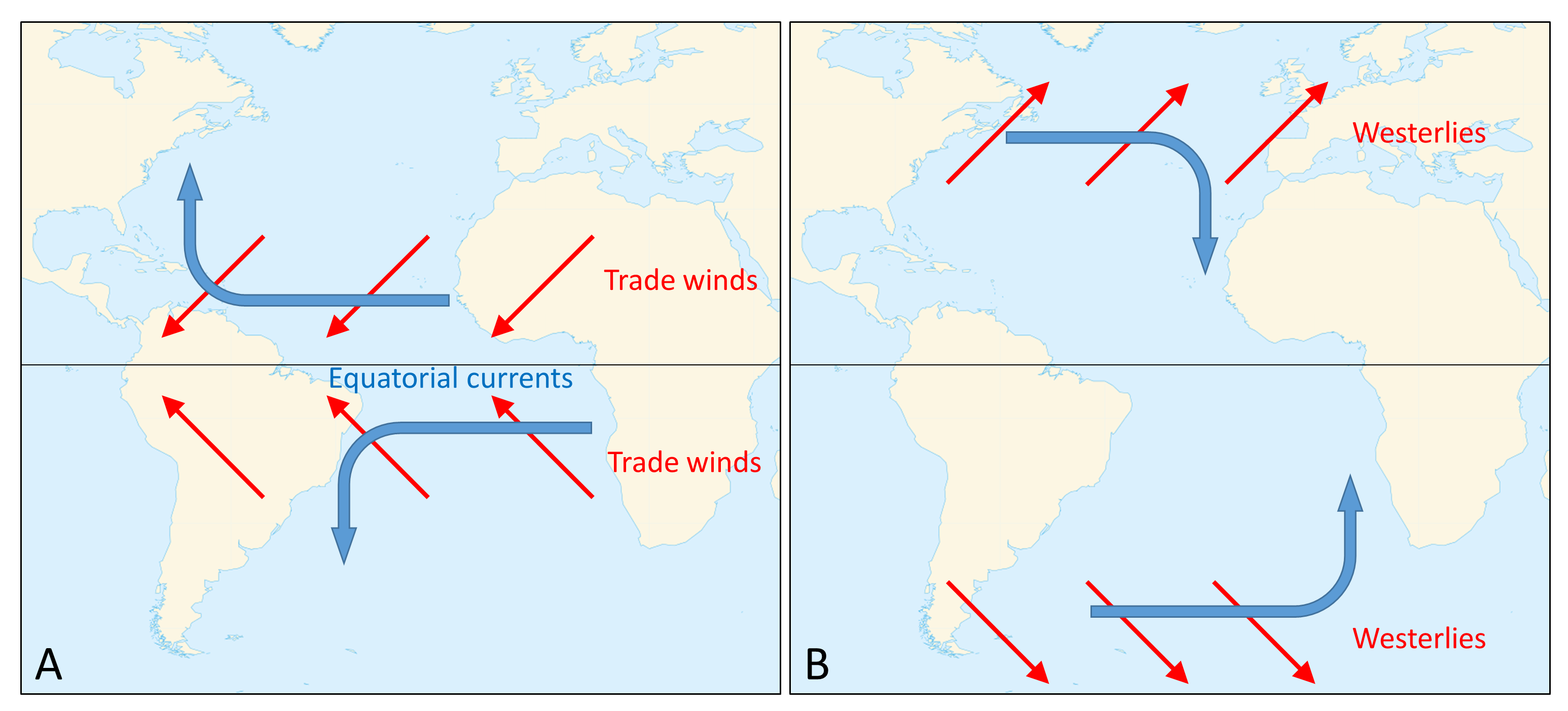
9 1 Surface Gyres Introduction To Oceanography
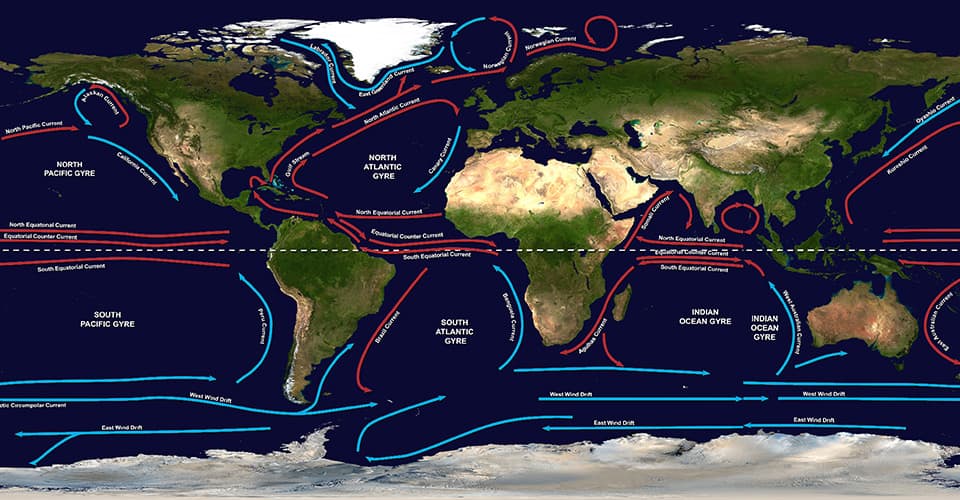
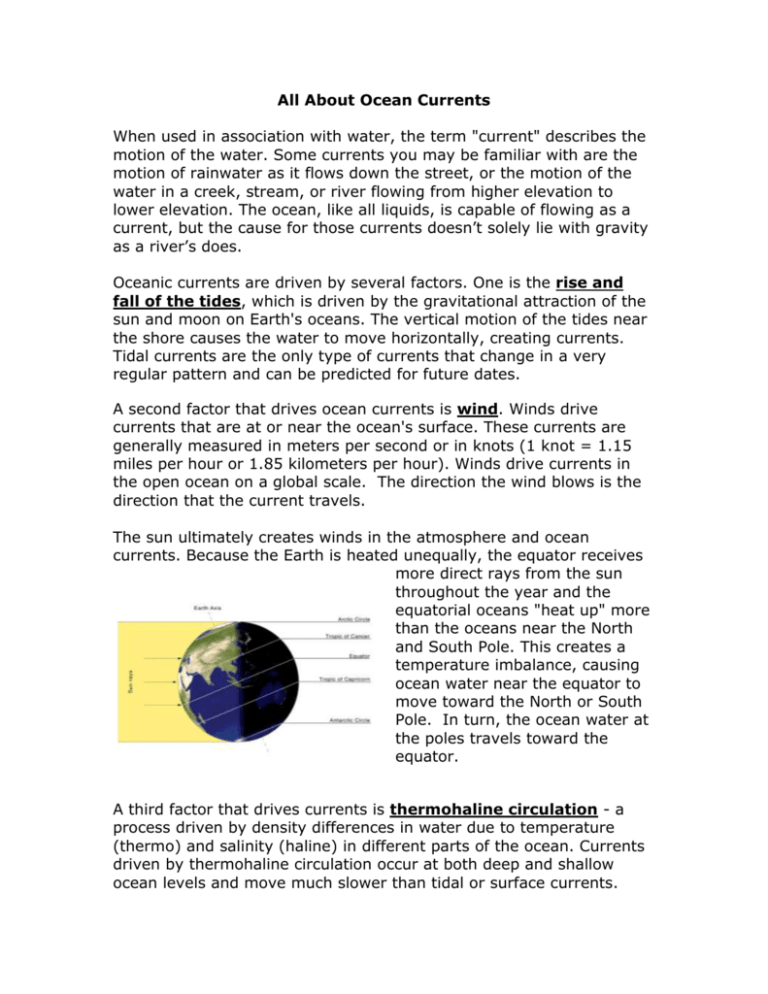
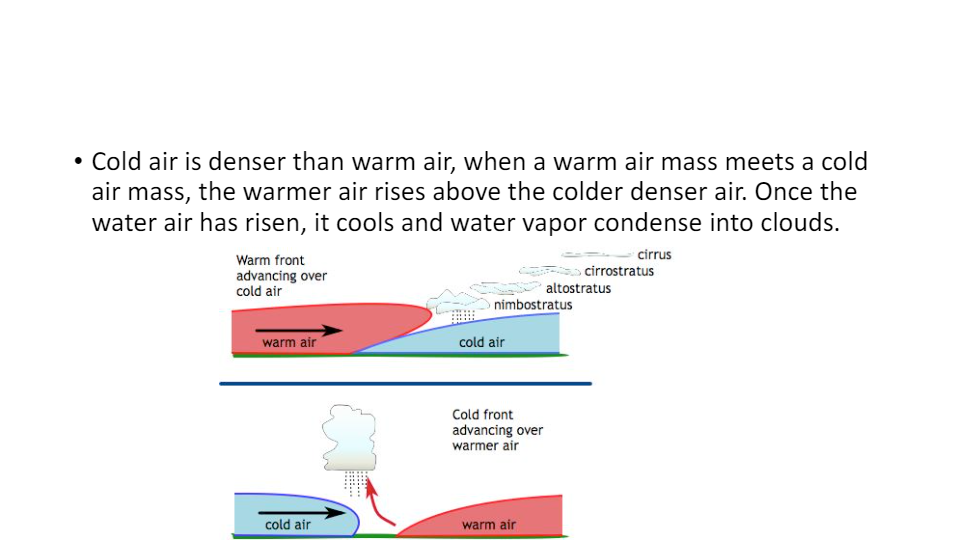
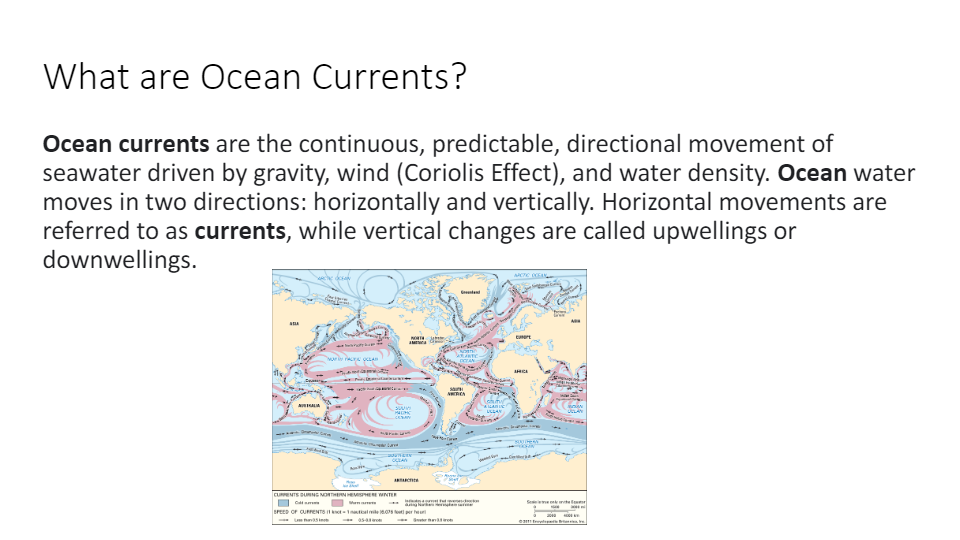
Comments
Post a Comment